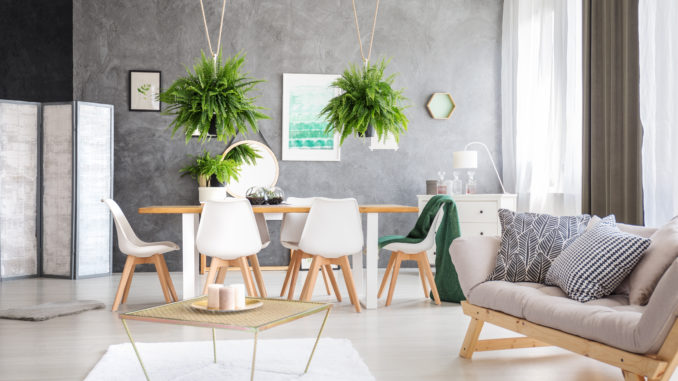
If you are thinking that the tile in your home is looking a little outdated, grungy, or not the colour it originally was, it might be time to start a tile file. Technophobes have no fear, I simply mean that the first step to shopping for new tile is to store away “files” in your mind of flooring that catches your eye in friends’ homes, pictures online and wherever else you come across tile flooring. It is easy to stick with the tile that came with your home when it was purchased, however re-tiling can make a lasting difference in the style and feel of your home.
Where Does Tile Go?
Tile is used in many rooms throughout the house. Most traditional it is found in bathrooms, showers, kitchens, mud rooms, entry ways, counter tops, and back splashes. Advantages of using tile are that it is easy to clean, is durable and gives a stylish look to the home. Tile is also used outdoors on the side of houses, patios and decoratively throughout yards.
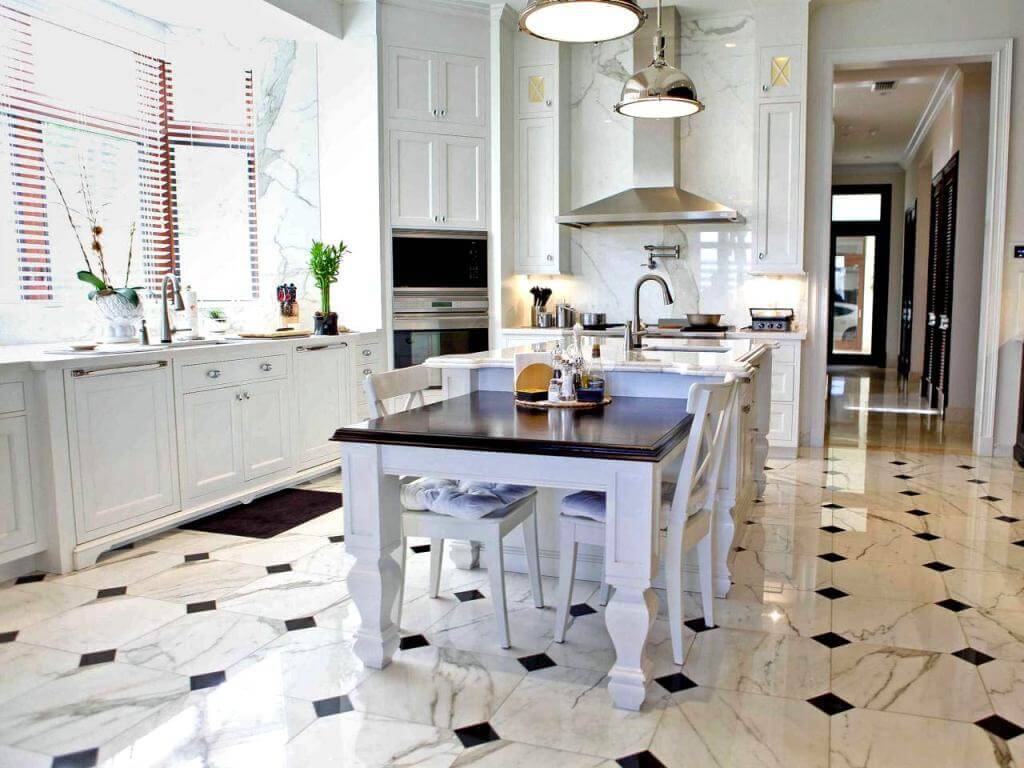
Here are 8 tips to select the best option.
1. Consider Tile Hardness
Tiles
for living room
When browsing different types of floor tiles, one of the most important features to pay attention to is to is Hardness (the Moh’s scale).
It measures the material’s ability to withstand wear/foot traffic, as well as scratches. The ratings are issued by the Porcelain Enamel Institute and are based on rigorous laboratory testing. You can use this scale to select a product that is most suitable for your room’s function.
Class I: No foot traffic. Appropriate for wall-only application.
Class II: Light traffic or interior wall applications. Best in areas with soft soled to normal foot traffic, with no scratching dirt. For example, bathrooms and bedrooms with no exterior access.
Class III: Light to moderate traffic, as well as countertops and walls. Appropriate for spaces with normal foot traffic and small amounts of scratching dirt. All rooms of the home, except for kitchens, entryways, and other areas with high foot traffic.
Class IV: Moderate to heavy traffic. It can be installed in all areas of the home, including kitchens, halls, entryways. These are the best floor tiles to use, as they perfectly combine beauty and function
Class V: Heavy to extra heavy traffic, as well as exposure to scratching dirt. Works well in any room of the house, as well as commercial spaces.
2. Pay Attention to Tile Porosity
Another critical feature not to be missed is porosity. It is determined by the ratio of air holes to solids in a tile, which impacts the amount of water it absorbs. If you are installing tile in a moisture prone area, such as a bathroom, kitchen, mud room, laundry room, pay close attention to this rating.
Here are Porosity Classifications:
Impervious: water absorption of 0.5 percent or less. Recommended for use in the kitchen and especially bathroom.
Vitreous: water absorption of 0.5 percent to 3 percent.
Semi Vitreous: water absorption of 3 – 7 percent.
Non-Vitreous: water absorption of more than 7 percent. This category is not recommended for floor use.
3. Go for Porcelain Tiles – An All-Around Win
If you are looking for a material that has strength, moisture resistance and versatile design, porcelain is the best choice. It is more durable than ceramic and comes in a greater variety of styles, colours, and textures. Not all porcelain products are made equal, and you need to check the specs of each one.
Today, thanks to highly advanced technologies, there are countless porcelain tile options that have a higher than average hardness and moisture resistance (these cost more).
Kitchen floor tile ideas
Porcelain tile is a great flooring option for a modern kitchen. Its budget-friendly, offers a wide range of versatile looks and is very easy to clean.
If your kitchen calls for an upscale looking floor without breaking the bank, there are marble or wood porcelain tile products. These designer tiles are manufactured using innovative digital ink-jet printers that create an almost identical copy of the texture and colour of natural materials.
Another unique way to tile your kitchen floor is to use oversized checker tiles. Black and white colour tile look very impressive in a modern white kitchen.
If you are looking to dress things up with a graphic floor, consider terrazzo tiles. Colourful encaustic tiles will also do the trick, making a boring kitchen floor the focal design point of the space.
Living room floor tile options
While most people do not think of living room floors for tile installation, porcelain tile can bring a chic flair to the main room of your home. Because now it is possible to buy tile that replicate the warm look of natural hardwood or real stone, you can have the benefits of tile together with the look of other flooring materials.
Especially if you live a hot and humid climate, having tile flooring in the living room will go a long way to making the space feel cool. Porcelain tile will be pleasant to the touch, but will not retain heat, like wood floors do.
Other benefits of tile for the living room floor include longevity, pet-friendliness, ease of cleaning up stains (unlike carpet), and virtually zero maintenance, unlike other materials, such as natural wood or stone. Porcelain tile is also eco-friendly; its none-allergenic and VOC free material.
If you have an open floor plan and your living room comes together with the dining room and kitchen, you can create a beautiful tile floor design that flows seamlessly throughout the space. Alternatively, you can use bright colour or mosaic tile to create visual breaks in the space and add interest.
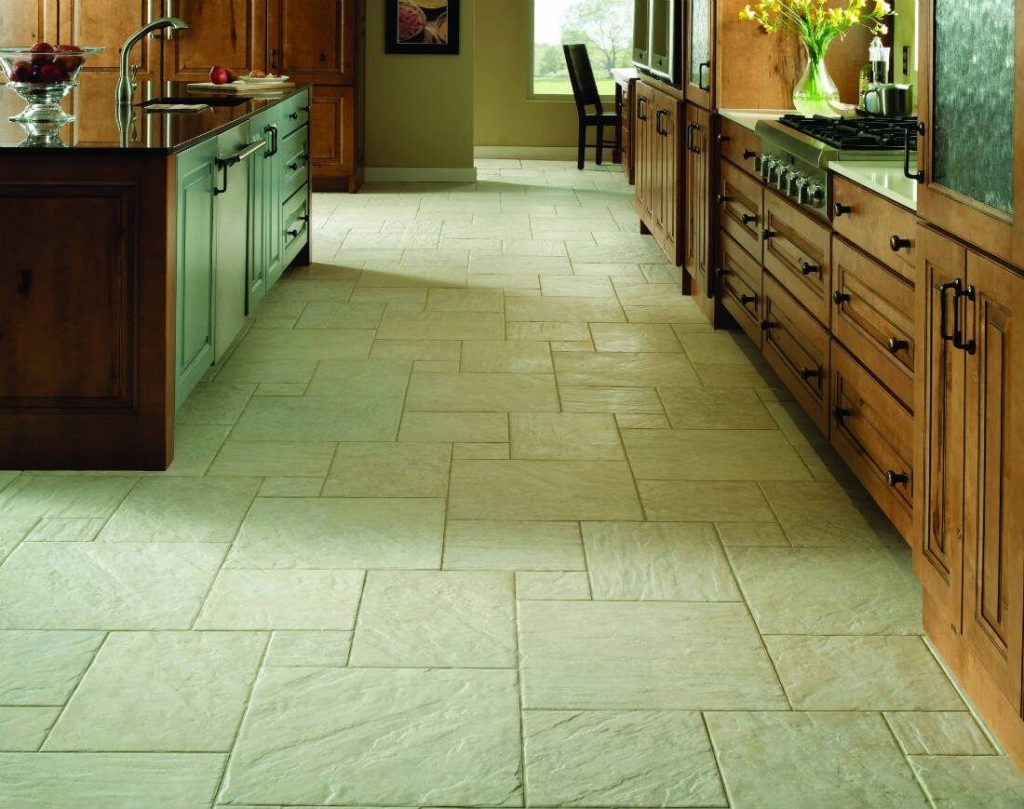
4. Ensure Slip Resistance
Shower floor tile ideas – mosaic
Most tile materials tend to be slippery, and more so, if water is introduced into the equation. If you have children and elderly people in the house, it is very important to install slip resistant tile. The bathroom is a prime place where fall accidents may happen, particularly the shower area, so good slip resistance is highly recommended.
When shopping around for a shower tile floor look for products with a high COF (coefficient of friction).
It is best to install tile sizes that are 4×4 or smaller. Avoid using ones that are bigger than 6×6.
There are several options to consider:
1.Ceramic or Porcelain: choose a product that has a special textured surface. Inquire about slip resistant coatings.
2.Slate: this beautiful stone has a naturally slip resistant texture.
3.Small size tile (glass, mosaic, etc): these have more grout lines, making the overall surface more textured and therefore slip resistant. Penny tile rounds are another beautiful design that provides ample traction. They typically come in size 2×2 or smaller. As a result, they would be perfect as shower tiles.
4. Pebble stone: has a highly textured surface and boasts a unique visual aesthetic.
5. Choose Ceramic Wood Tile Instead of Real Hardwood
If you love the look of hardwood but do not want to deal with maintenance, consider installing wood ceramic tile. It is highly durable, scratch and moisture resistant.
Best of all, different high-end brands make products that masterfully recreate almost any wood species from domestic to exotic. Even distressed and reclaimed wood grain ceramic tile is available
These will look stunning as a kitchen floor tile, particularly in more traditional or rustic spaces. Also, its ideal as a bathroom or a shower floor tile, where a real hardwood would not be recommended.
If you are worried about tile being cold to the touch, you can add radiant floor heating under, and it will feel even more pleasant than real wood!
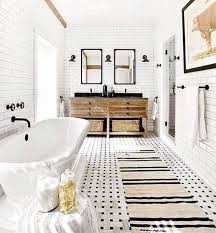
6. Install Stone Tile for Ultimate Luxury and Quality
If luxury and incredible durability are your top priorities, stone floor tile is second to none. Marble, granite, and travertine can elevate the look of any room of your house. Because no two stones are exactly alike, you get a naturally beautiful floor that will look like no other.
Larger tile sizes, at least 12×12, look particularly impressive and help create a uniform seamless look that is ideal for modern interior designs.
It is important to note that unlike other types of tiles, stone needs to be sealed to maintain durability and remain resistant to stains. Unsealed stone may remain porous and therefore susceptible to water infiltration. In worst case scenarios, it may even begin to crumble.
After being initially sealed during the installation process, it will need to be resealed every 5-10 years to maintain optimal looks and quality.
7. Make A Space Appear Larger with Light Floor Tiles
If you have a room that is small and or does not have a lot of natural light, you can improve it by installing light colour floor tile. White, sand, beige, cream, etc are all good choices. Marble or ceramic/porcelain would also be a good match for this application.
Larger tiles tend to make a small room appear bigger. You can even install the same material on the walls, which will further enhance the illusion of expanded space. To amplify the affect, and create a seamless flowing surface use a matching grout colour. This works particularly well in small or tiny bathrooms.
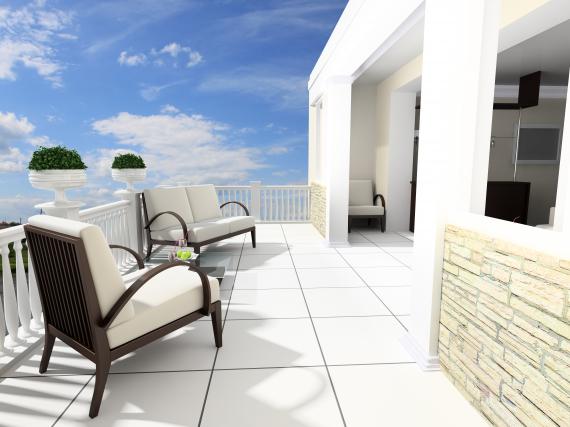
8. Create A Modern Aesthetic and Custom Designs with Concrete
If you want a very modern, upscale feel in your home, consider concrete tile. It is a highly versatile material that can be used in any room of your house: kitchen, bathroom, living room, etc. Compared to other types of floor tile, concrete’s biggest advantage is that it can be custom made for your application.
You can choose the size, colour, and texture of concrete, request custom cut outs, embeds, special imprinted patterns, as well as three-dimensional sculptural designs. Thus, your design options are virtually endless.
Moreover, concrete is one of the most durable, and long-lasting flooring options. It is highly resistant to foot traffic, staining and moisture. Once installed, you will most likely never have to replace it again!
The only major downside to concrete floors is extreme hardness. Some people may find it uncomfortable to the touch when walking with bare feet. Also, small children or elderly individuals may get hurt, in case of slipping and falling.
The Tile Gallery in Montmorency, Melbourne is inspired by the latest collections and trends from Europe and other parts of the world, and they strive to bring them back to your home.

Leave a Reply